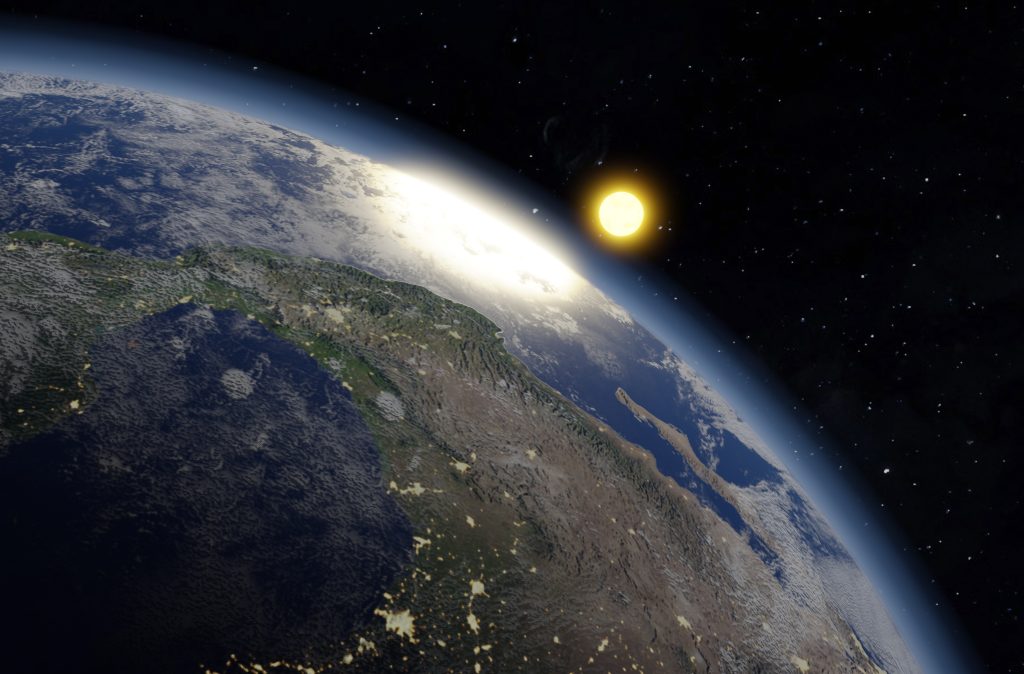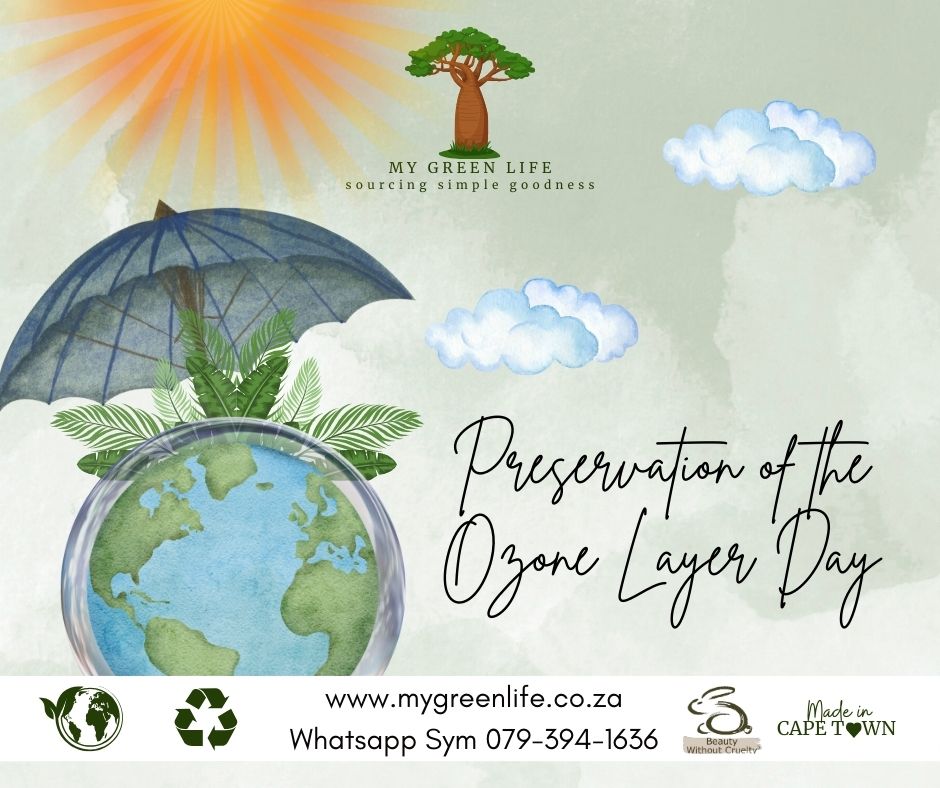16 September: International Day for the Preservation of the Ozone Layer
It is a day for global awareness about the importance of the ozone layer and to encourage continued action in its preservation. The international preservation of the ozone layer has been a crucial and collective effort to protect both human health and the planet’s ecosystems. The ozone layer, a fragile shield of gas, is essential […]
It is a day for global awareness about the importance of the ozone layer and to encourage continued action in its preservation.
The international preservation of the ozone layer has been a crucial and collective effort to protect both human health and the planet’s ecosystems. The ozone layer, a fragile shield of gas, is essential for blocking harmful ultraviolet (UV) radiation from the sun. Over time, it became clear that human activities, particularly the use of certain chemicals, were causing significant damage to the ozone layer.
In response to this global concern, the international community took action, leading to the establishment of agreements that sought to mitigate the damage and restore the ozone layer.
The Vienna Convention for the Protection of the Ozone Layer (1985)
The Vienna Convention for the Protection of the Ozone Layer acknowledged the growing scientific evidence of ozone depletion and emphasized the need for coordinated global action.
The Montreal Protocol on Substances that Deplete the Ozone Layer (1987) was a groundbreaking agreement that aimed to phase out the production and use of ozone-depleting substances (ODS). This Protocol is one of the most successful environmental agreements in history because it has led to the global phase-out of many harmful chemicals and significant progress in ozone layer recovery.

Image sourced from https://www.freepik.com
Halocarbons, chemicals containing carbon and halogen atoms like chlorine, bromine, and fluorine, have been found to be particularly damaging to the ozone layer. CFCs and halons, widely used in refrigeration, air conditioning, and fire suppression systems, are among the primary contributors to ozone depletion.
The success of these Protocols is seen on the ozone layer as it is showing signs of recovery. However, challenges remain, including the use of certain chemicals in specific applications (such as metered-dose inhalers for asthma) and the need to monitor and address emerging threats like hydrofluorocarbons (HFCs), which, while not ozone-depleting, are potent greenhouse gases.
Moving forward, global efforts must continue to ensure that the ozone layer continues to recover and that new chemicals are managed responsibly to prevent further harm.
As we mark World Ozone Day, we are reminded of the importance of continued vigilance and action to protect this vital component of Earth’s atmosphere.Top of Form
The international preservation of the ozone layer is an example of how coordinated global efforts can have a profound impact on environmental protection. Through agreements like the Montreal Protocol, countries around the world have worked together to mitigate the damage caused by ozone-depleting substances and to ensure a healthier, more sustainable future for the planet.









 EN
EN